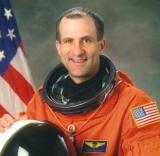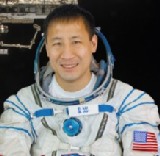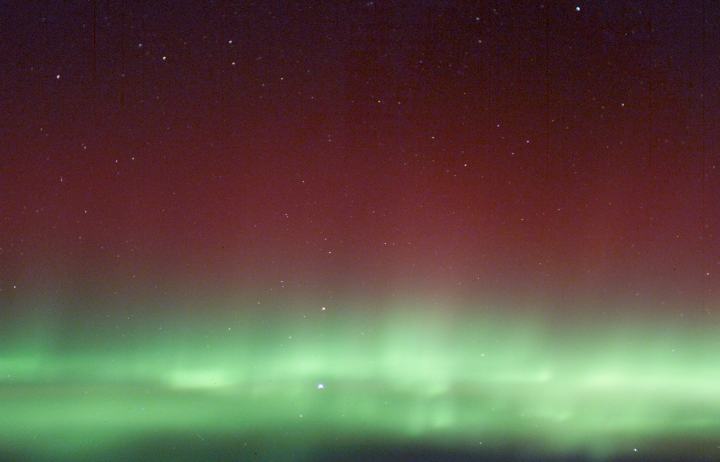Contrary to NASA scientists,
Astronauts Can
See
Stars!
Updated again, on 18 Nov 2011
| Have you seen my Science Challenge
# 24?
During this television
interview in 1970 with the BBC, Neil Armstrong was specifically asked
what the sky looked like on the Moon. As with their psychotic press conference
in 1969 (link at this
page), he denied seeing stars or planets. Two of his remarks:
• The sky is a deep black, when viewed
from the moon
• The Earth is the only visible object other
than the sun that can be seen
|
 |
An audio excerpt from that TV interview:  Armstrong-BBC-1970.mp3
350 kbytes Armstrong-BBC-1970.mp3
350 kbytes
|
However, the astronauts on the space station not only see stars,
planets, and auroras, they have also taken photos
of them.
These photos
- from the space station in 2011 - clearly show auroras and stars.
|
 |
Don Pettit, science officer for the international space station,
wrote this:
"You see stars and planets and
our galaxy on edge." |
 |
Science Officer and Flight Engineer Edward T. Lu wrote this:
Mars ... is bright enough that
even when we are on the lit side of the Earth, and with all the lights
on inside, it is clearly visible against the black background of space.
|
 |
Another interesting remark from Edward Lu:
It is fun to watch stars as they rise or set through the atmosphere
as we circle the Earth. They start to twinkle as the light rays bend while
passing through the uneven density of the atmosphere. Then, as they get
closer to the actual horizon, they start to look orange and then red before
blinking out. Sometimes they even turn green briefly.
Do you have the intelligence and -
most important - the emotional ability
to understand why none of the 21 Apollo astronauts could see auroras, or
stars, or Venus, or Mars?
The image below is a portion of one of the photos taken by Don Pettit
from a window in the space station. Note that stars are everywhere.
You can find this and other photos at this
NASA page. |






 The
"ordinary" people claim to be innocent and lovable, but their irresponsible
and selfish attitudes are allowing unbelievable wars, corruption,
and crimes. Their behavior is disgusting.
Don't make excuses for them. Instead, tell them to behave
like a human instead of like a stupid animal.
The
"ordinary" people claim to be innocent and lovable, but their irresponsible
and selfish attitudes are allowing unbelievable wars, corruption,
and crimes. Their behavior is disgusting.
Don't make excuses for them. Instead, tell them to behave
like a human instead of like a stupid animal.
